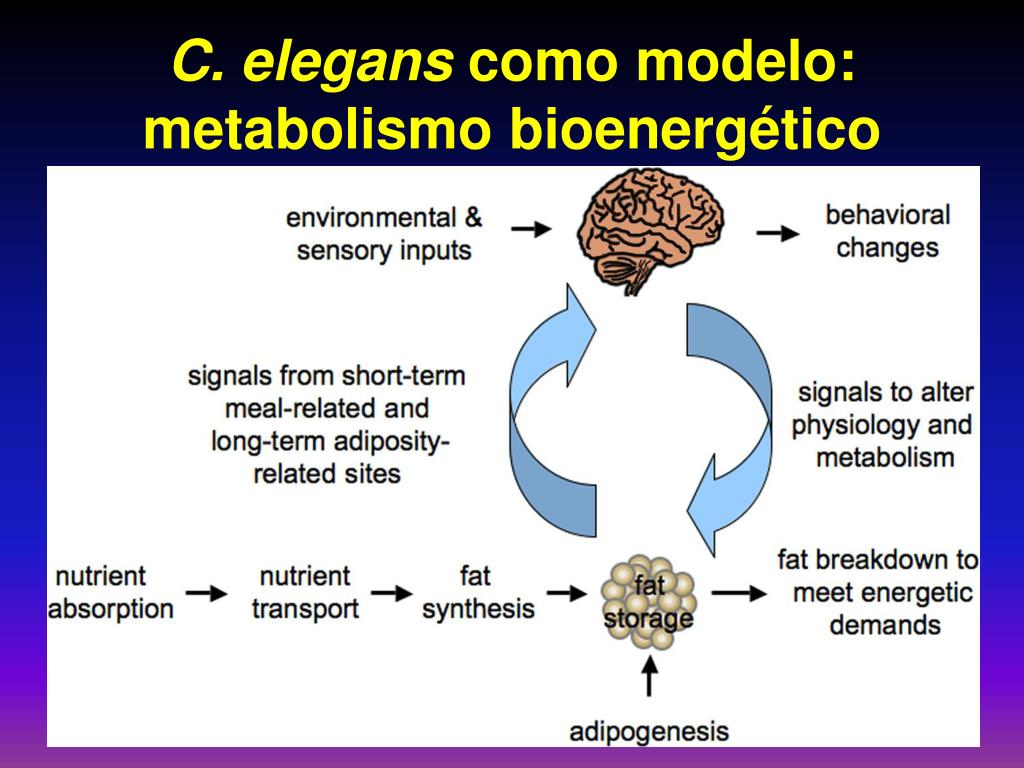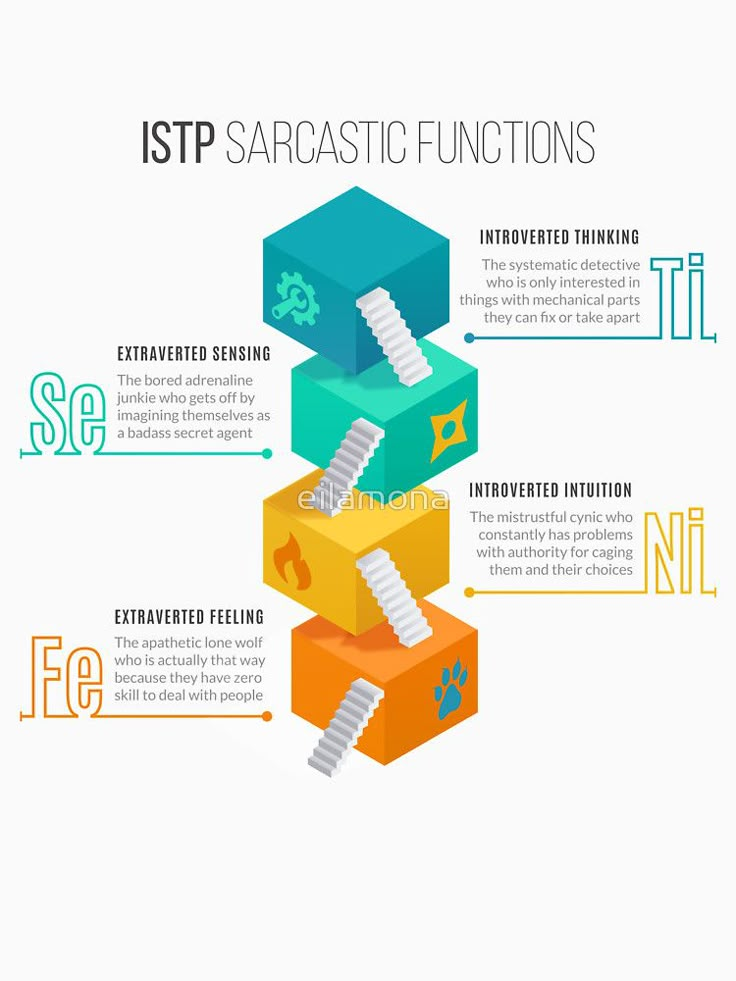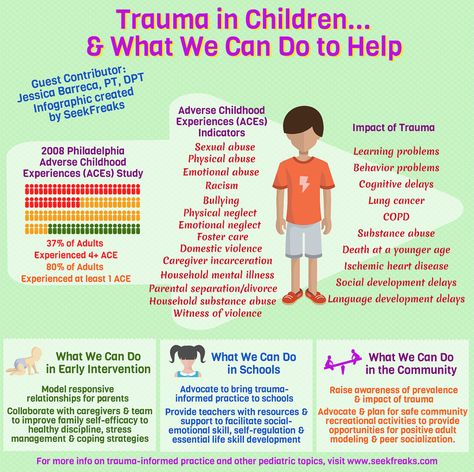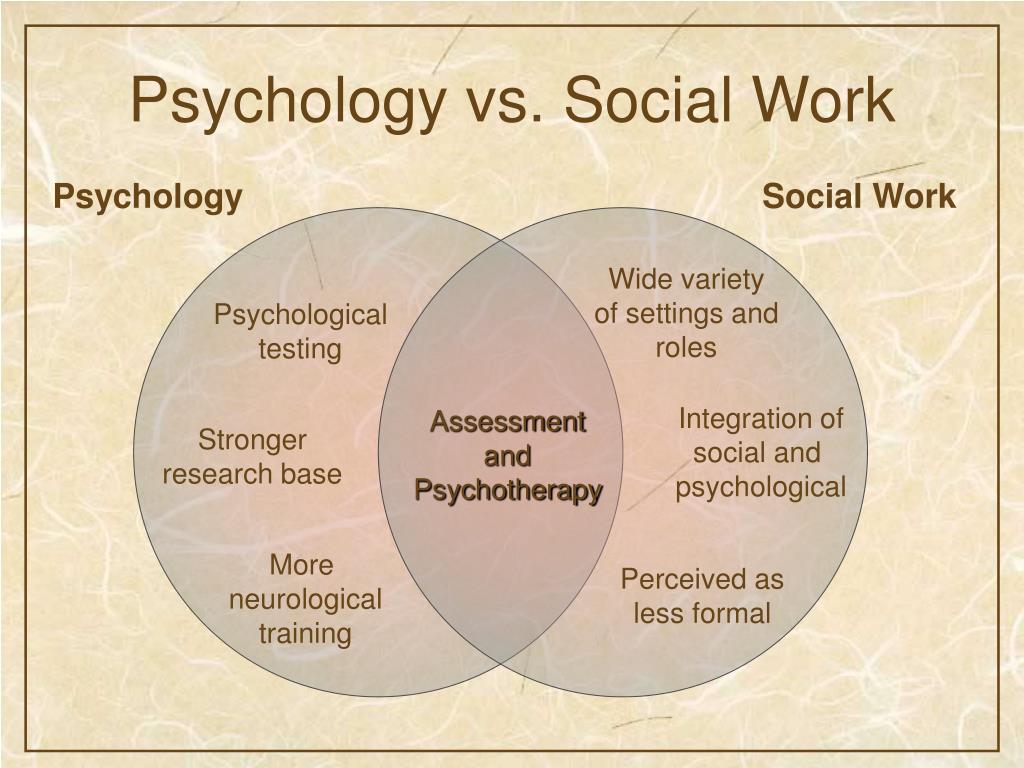Human behavioral patterns
How to Recognize and Change Toxic Behavioral Patterns
Patterns generally involve repetitive action, a task or behavior engaged in frequently, often without giving it much thought. Much daily behavior is fairly automatic, an activity done so many times that it feels comfortable and there’s no inherent harm in it. Or, it’s a behavior that we’re reluctant to change because of a reward associated with it. Toxic behavioral patterns are also often automatic, don’t necessarily present themselves as inherently harmful, and they’re more likely to continue due to the associated reward.
Some patterns have caused trouble in the past, are currently contributing to problems at home, work or elsewhere, yet it may be difficult to recognize and change them. And it’s necessary to be able to recognize behavioral patterns that are toxic before deciding on ways to halt and change them.
Even when we recognize toxic behavior, we’re still reluctant to change. We may want to change, yet remain fearful of doing so. Getting past fears of the unknown may be an insurmountable obstacle. Hearing from others that change is good and should be embraced does little to mitigate such fear. The truth is that overcoming fear is a uniquely personal process
Still, listening to the recommendations of others about what worked effectively for them can be very helpful in motivating those resistant to change to embark on such self-improvement. Indeed, sometimes it is only after hearing this type of encouragement that true change can begin.
So, recognizing toxic behavioral patterns is the initial step to take before doing anything about them. After recognizing patterns, it’s easier to make informed decisions about what to do in the future.
What Constitutes a Pattern?
How do you know when some personal action is part of an overall pattern of behavior? This involves detachment, stepping back and seeing the behavior from the eyes of others. There’s also the kind of detachment that comes after time. When it’s been months or years since that last behavioral incident, it’s easier to see where and how such behaviors fell into a toxic pattern.
When it’s been months or years since that last behavioral incident, it’s easier to see where and how such behaviors fell into a toxic pattern.
While exercising detachment is difficult, there are easier ways to be able to differentiate patterns.
Is it a habit or a pattern? A few examples may be helpful. If you do something every day, automatically, it’s probably a habit. This can include having a cup of hot coffee on waking up, or going for a latte at lunch or break.
Of course, past habits are things you’re very well aware of, as in a drug and alcohol habit that crossed over into substance abuse and possibly addiction or alcohol use disorder. It wasn’t a once in a while action. It was all the time and the habit took over your life, to the point where you felt you couldn’t exist without it. Or, you may be an almost-alcoholic and want to change that toxic behavior.
For example, when someone comes off an alcoholic or drug-induced high, their habit of using required a certain pattern of behavior when they needed to search for their drug of choice to use again.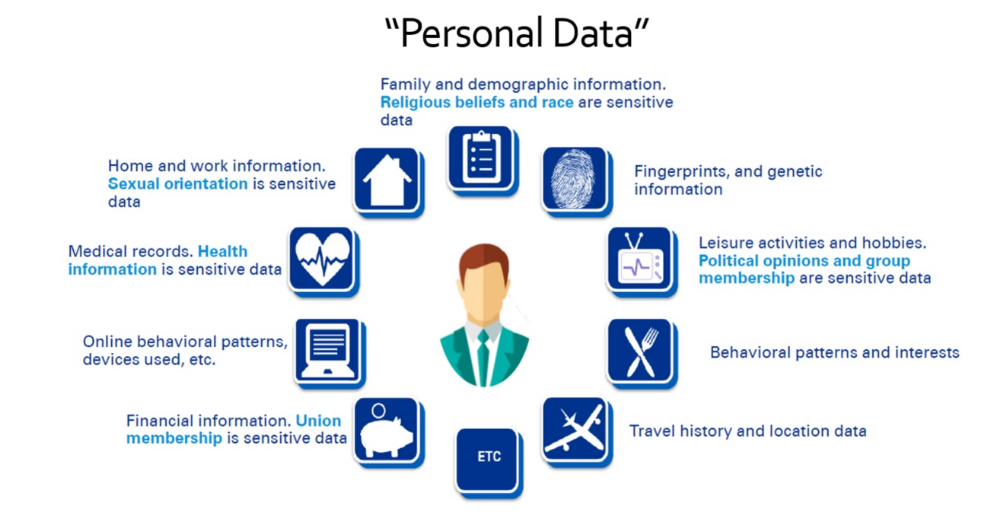 The pattern then became engrained. The person did it because they had to, because there was no other way to satisfy their incessant need and desire to use.
The pattern then became engrained. The person did it because they had to, because there was no other way to satisfy their incessant need and desire to use.
Bottom line, then, a pattern is behavior that we return to time after time, that we do without necessarily thinking about. When it comes to recognizing patterns, what’s important is figuring out how to eliminate those that result in negative consequences and adopt those that prove beneficial to well-being.
Good News, Bad News
It may come as a shock to realize that something you thought was good for you is actually just the opposite. There’s good news and bad news in this recognition. On the one hand, you know what you thought was good was possibly something that you conned yourself into believing. Maybe you thought it would be good for you because it was good for someone else, and you adopted the behavior in the hope that you’d have the same sort of success.
Blind adherence to any idea is never wise.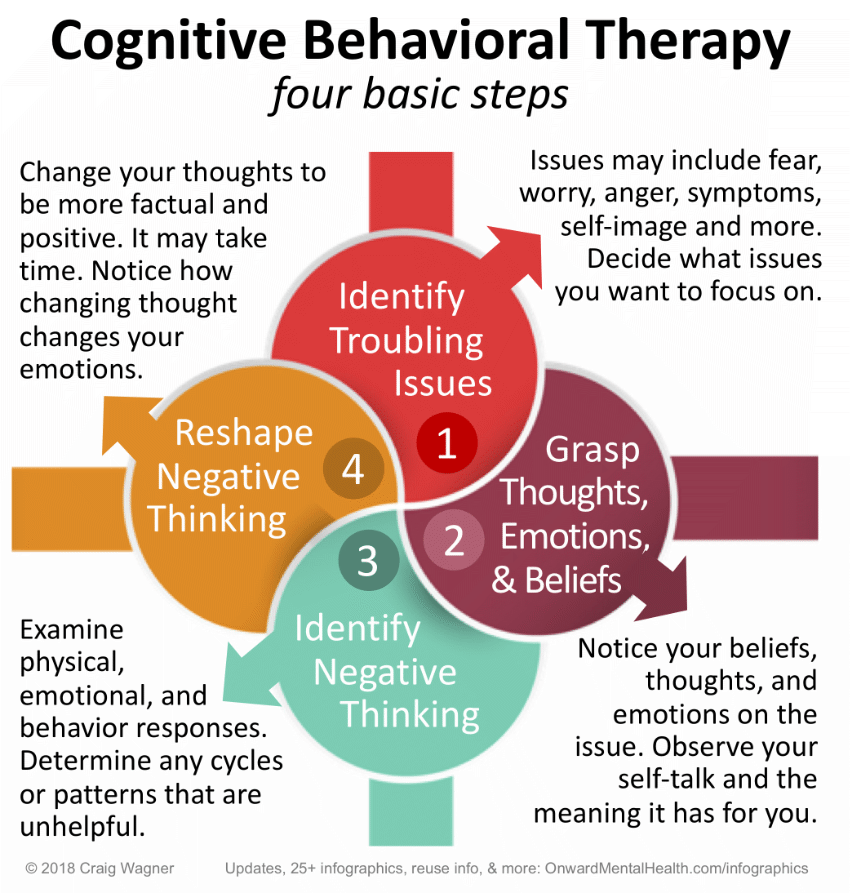 It takes careful thought beforehand and rigorous analysis afterward to be able to determine if a pattern of behavior is right for you.
It takes careful thought beforehand and rigorous analysis afterward to be able to determine if a pattern of behavior is right for you.
Where to Begin
Consider making a list of current behaviors that constitute a pattern. It helps to take notes that to use later as reference.
Make two separate sheets, one each for good and bad behavior patterns. Or, simply list the behaviors and see if they fall into patterns. Then, assign them either a positive or negative value.
What this value means is not whether or not you like the behavior. You liked getting high, correct? That didn’t mean it was a positive behavior pattern. No, here the positive or negative value refers to whether it enhances or detracts from your life.
An example of a pattern of toxic behavior is taking on too much at work. While there’s certainly nothing wrong with wanting to take care of your family and your responsibilities, when you find yourself constantly taking on new assignments, asking for more responsibility at work and neglecting other aspects of your life, this is a red flag that should signal trouble ahead.
Maybe you weren’t a workaholic before, but this pattern of behavior is symptomatic of the characteristics of a workaholic. When your time is all taken up with work and work-related tasks, there’s little time left for anything else. As a result, stress levels increase, tension builds and productivity wanes. Working harder and longer becomes less satisfying.
Who to Turn to
Once you have your list of patterns, especially the ones you want to change, what should you do with it? Who is the best person to turn to for help sorting it all out?
There are several suggestions, any one or all of which may be appropriate for your situation.
- Your spouse or loved ones – Your spouse and/or loved ones and family members are the logical first choice here. These are the people who know and care about you the most. They should be the most supportive of your efforts and may be intimately involved in some of the behavior patterns you want to change.

- Your therapist – Definitely take advantage of the opportunity to discuss the kinds of behavior that you want to change with your counselor or therapist. As an objective professional, the therapist is better able to point out observations about particular behaviors that you may not have thought of or to draw parallels to other behaviors previously discussed. The counseling session is also confidential, which should allay fears.
- Your boss – In some instances, changing patterns of behavior will require that you have certain discussions with your boss or supervisor at work. Obviously, you’ll want to think very carefully about how you approach this individual, including what and when and where you schedule such a discussion. Keep in mind that your employer wants you to be as productive as you can, since this is a business and business demands productivity to be successful. Couch your discussion along the lines of how you can both meet your needs — and what you can do to help.
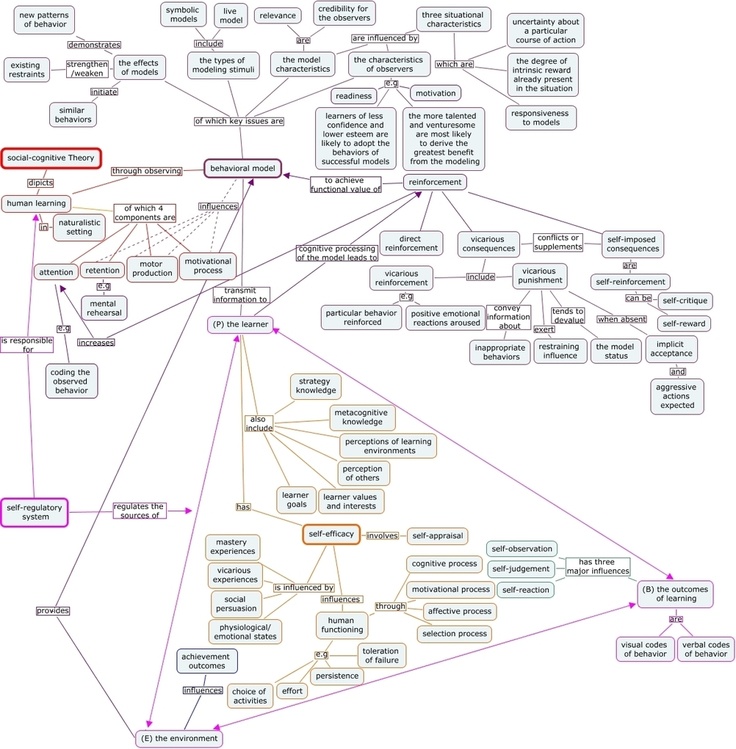
Running into Resistance
What if you can’t make any headway because of resistance? Some toxic behavioral patterns may not be able to be addressed overnight. While recognizing something that needs to change is critical, it’s still a long way from doing the work to ensure the change occurs.
Exercise patience. Be willing to do the work and not get disappointed and frustrated when things don’t immediately resolve. Life can get messy, complicated and tough to figure out. That’s another benefit of maintaining a strong support network, having people to turn to in times of difficulty.
It’s also important to understand internal reluctance to change.
Celebrate Success
It is also incredibly valuable to celebrate the small successes after you make those important changes.
Recognize that not every change will be earth-shattering. It doesn’t need to be in order to qualify as a success. If it’s important to you, it’s important to your well-being.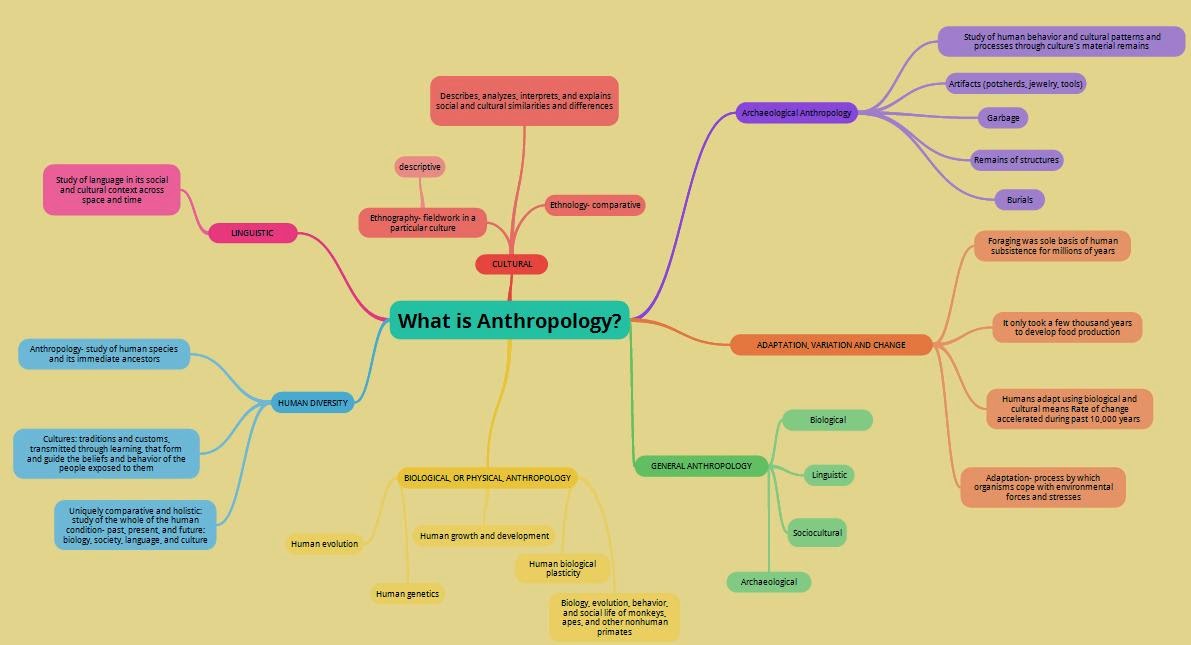
Acknowledge your achievements. Give yourself a little credit for what you’ve done and then look at the next item on the list and get back to work. Success builds upon success. With momentum, it’s easier to keep moving forward.
How to Recognize and Change Toxic Behavioral Patterns
Patterns generally involve repetitive action, a task or behavior engaged in frequently, often without giving it much thought. Much daily behavior is fairly automatic, an activity done so many times that it feels comfortable and there’s no inherent harm in it. Or, it’s a behavior that we’re reluctant to change because of a reward associated with it. Toxic behavioral patterns are also often automatic, don’t necessarily present themselves as inherently harmful, and they’re more likely to continue due to the associated reward.
Some patterns have caused trouble in the past, are currently contributing to problems at home, work or elsewhere, yet it may be difficult to recognize and change them.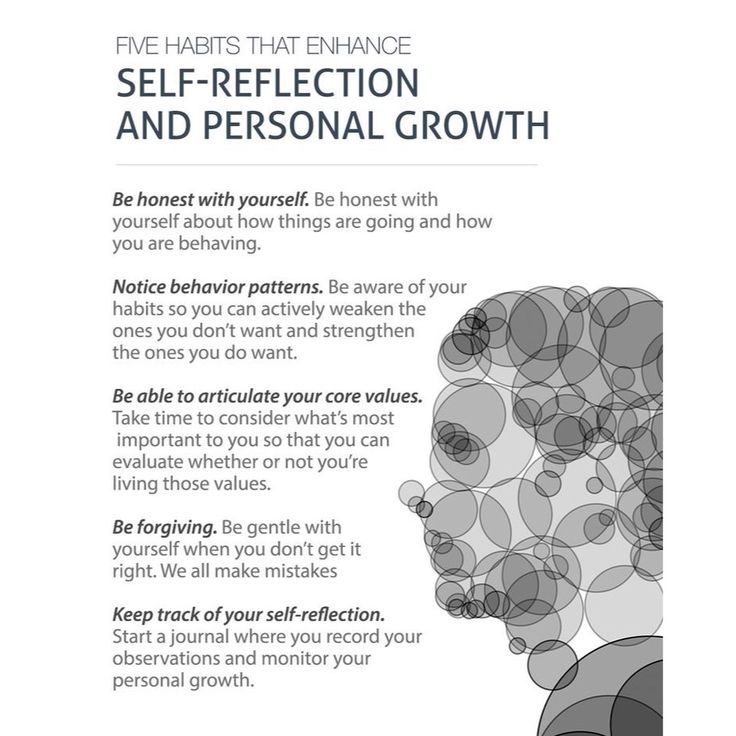 And it’s necessary to be able to recognize behavioral patterns that are toxic before deciding on ways to halt and change them.
And it’s necessary to be able to recognize behavioral patterns that are toxic before deciding on ways to halt and change them.
Even when we recognize toxic behavior, we’re still reluctant to change. We may want to change, yet remain fearful of doing so. Getting past fears of the unknown may be an insurmountable obstacle. Hearing from others that change is good and should be embraced does little to mitigate such fear. The truth is that overcoming fear is a uniquely personal process
Still, listening to the recommendations of others about what worked effectively for them can be very helpful in motivating those resistant to change to embark on such self-improvement. Indeed, sometimes it is only after hearing this type of encouragement that true change can begin.
So, recognizing toxic behavioral patterns is the initial step to take before doing anything about them. After recognizing patterns, it’s easier to make informed decisions about what to do in the future.
What Constitutes a Pattern?
How do you know when some personal action is part of an overall pattern of behavior? This involves detachment, stepping back and seeing the behavior from the eyes of others. There’s also the kind of detachment that comes after time. When it’s been months or years since that last behavioral incident, it’s easier to see where and how such behaviors fell into a toxic pattern.
There’s also the kind of detachment that comes after time. When it’s been months or years since that last behavioral incident, it’s easier to see where and how such behaviors fell into a toxic pattern.
While exercising detachment is difficult, there are easier ways to be able to differentiate patterns.
Is it a habit or a pattern? A few examples may be helpful. If you do something every day, automatically, it’s probably a habit. This can include having a cup of hot coffee on waking up, or going for a latte at lunch or break.
Of course, past habits are things you’re very well aware of, as in a drug and alcohol habit that crossed over into substance abuse and possibly addiction or alcohol use disorder. It wasn’t a once in a while action. It was all the time and the habit took over your life, to the point where you felt you couldn’t exist without it. Or, you may be an almost-alcoholic and want to change that toxic behavior.
For example, when someone comes off an alcoholic or drug-induced high, their habit of using required a certain pattern of behavior when they needed to search for their drug of choice to use again.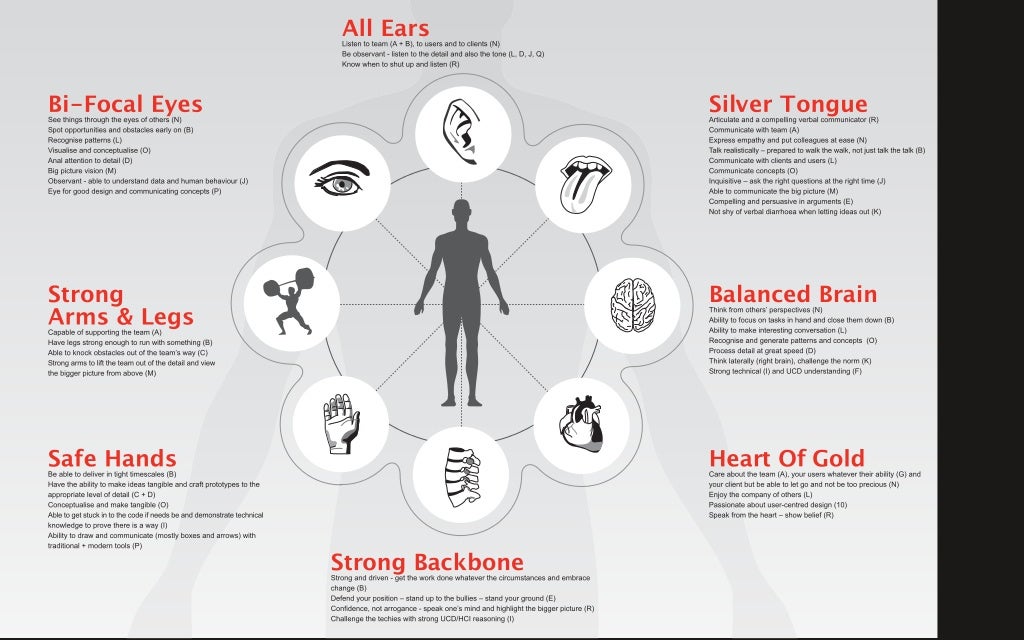 The pattern then became engrained. The person did it because they had to, because there was no other way to satisfy their incessant need and desire to use.
The pattern then became engrained. The person did it because they had to, because there was no other way to satisfy their incessant need and desire to use.
Bottom line, then, a pattern is behavior that we return to time after time, that we do without necessarily thinking about. When it comes to recognizing patterns, what’s important is figuring out how to eliminate those that result in negative consequences and adopt those that prove beneficial to well-being.
Good News, Bad News
It may come as a shock to realize that something you thought was good for you is actually just the opposite. There’s good news and bad news in this recognition. On the one hand, you know what you thought was good was possibly something that you conned yourself into believing. Maybe you thought it would be good for you because it was good for someone else, and you adopted the behavior in the hope that you’d have the same sort of success.
Blind adherence to any idea is never wise.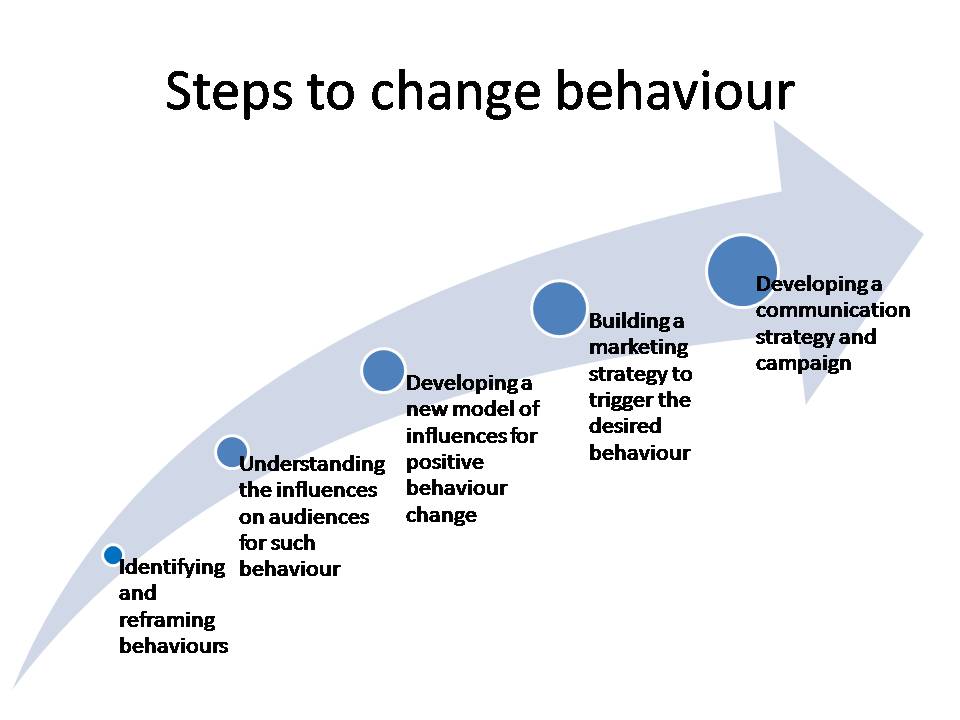 It takes careful thought beforehand and rigorous analysis afterward to be able to determine if a pattern of behavior is right for you.
It takes careful thought beforehand and rigorous analysis afterward to be able to determine if a pattern of behavior is right for you.
Where to Begin
Consider making a list of current behaviors that constitute a pattern. It helps to take notes that to use later as reference.
Make two separate sheets, one each for good and bad behavior patterns. Or, simply list the behaviors and see if they fall into patterns. Then, assign them either a positive or negative value.
What this value means is not whether or not you like the behavior. You liked getting high, correct? That didn’t mean it was a positive behavior pattern. No, here the positive or negative value refers to whether it enhances or detracts from your life.
An example of a pattern of toxic behavior is taking on too much at work. While there’s certainly nothing wrong with wanting to take care of your family and your responsibilities, when you find yourself constantly taking on new assignments, asking for more responsibility at work and neglecting other aspects of your life, this is a red flag that should signal trouble ahead.
Maybe you weren’t a workaholic before, but this pattern of behavior is symptomatic of the characteristics of a workaholic. When your time is all taken up with work and work-related tasks, there’s little time left for anything else. As a result, stress levels increase, tension builds and productivity wanes. Working harder and longer becomes less satisfying.
Who to Turn to
Once you have your list of patterns, especially the ones you want to change, what should you do with it? Who is the best person to turn to for help sorting it all out?
There are several suggestions, any one or all of which may be appropriate for your situation.
- Your spouse or loved ones – Your spouse and/or loved ones and family members are the logical first choice here. These are the people who know and care about you the most. They should be the most supportive of your efforts and may be intimately involved in some of the behavior patterns you want to change.
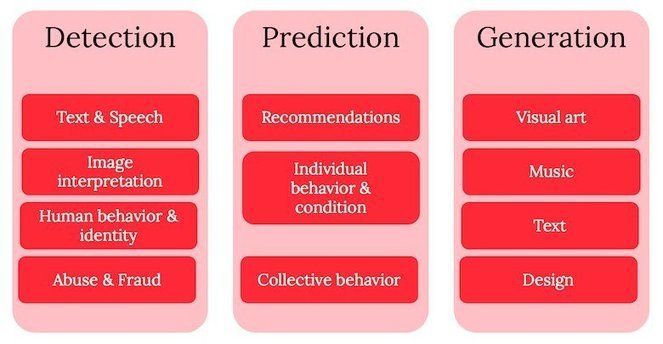
- Your therapist – Definitely take advantage of the opportunity to discuss the kinds of behavior that you want to change with your counselor or therapist. As an objective professional, the therapist is better able to point out observations about particular behaviors that you may not have thought of or to draw parallels to other behaviors previously discussed. The counseling session is also confidential, which should allay fears.
- Your boss – In some instances, changing patterns of behavior will require that you have certain discussions with your boss or supervisor at work. Obviously, you’ll want to think very carefully about how you approach this individual, including what and when and where you schedule such a discussion. Keep in mind that your employer wants you to be as productive as you can, since this is a business and business demands productivity to be successful. Couch your discussion along the lines of how you can both meet your needs — and what you can do to help.

Running into Resistance
What if you can’t make any headway because of resistance? Some toxic behavioral patterns may not be able to be addressed overnight. While recognizing something that needs to change is critical, it’s still a long way from doing the work to ensure the change occurs.
Exercise patience. Be willing to do the work and not get disappointed and frustrated when things don’t immediately resolve. Life can get messy, complicated and tough to figure out. That’s another benefit of maintaining a strong support network, having people to turn to in times of difficulty.
It’s also important to understand internal reluctance to change.
Celebrate Success
It is also incredibly valuable to celebrate the small successes after you make those important changes.
Recognize that not every change will be earth-shattering. It doesn’t need to be in order to qualify as a success. If it’s important to you, it’s important to your well-being.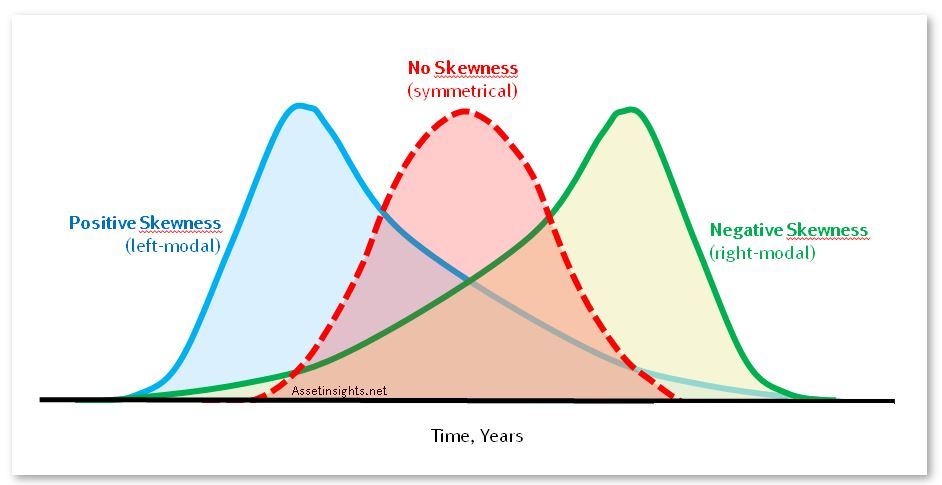
Acknowledge your achievements. Give yourself a little credit for what you’ve done and then look at the next item on the list and get back to work. Success builds upon success. With momentum, it’s easier to keep moving forward.
Models of human behavior. Roleless and role-playing behavior
This article is based on the results of research by UAS academician Oleg Viktorovich Maltsev
Representatives of classical science have been studying the behavior of people in society for quite a long period of time, in particular, they are looking for the causes of their behavioral reactions. Based on the research conducted by O.V. Maltsev, it follows that the subject of research by scientists is human behavior model (MP) .
From the point of view of applied science, MT consists of role , which is located in coordinate system , the role has motor-linguistic chains , which it goes through and implements in SC , and at the same time it moves to specific landmark .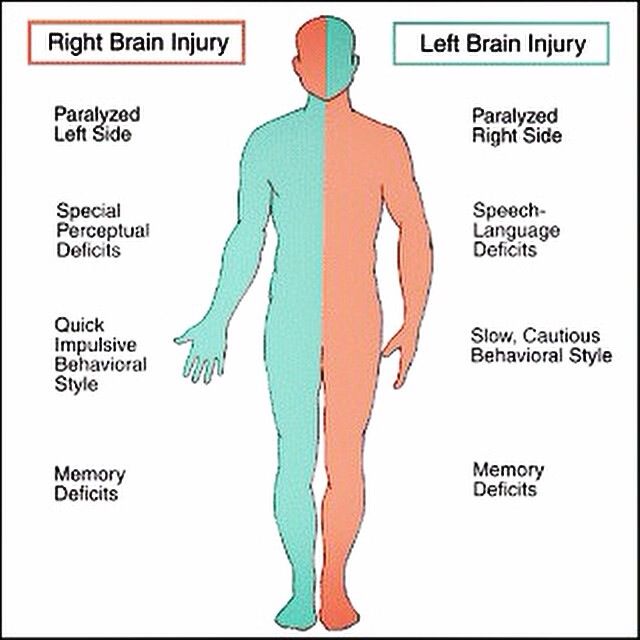
The relevance of this study lies in the fact that in most cases a person cannot explain to himself the nature of his actions and actions in certain situations, that is, he cannot control them. This is due to the fact that he does not know how his behavior model is formed, and therefore does not understand how to manage it. nine0005
In today's world, in any situation, the way a person behaves is of great importance. And the main issue for research in this area is the nature of the occurrence of one or another of his behavior. If we are talking about the commission of crimes, psychological disorders, or psychiatric diseases, then we are always dealing with deviations in the model of human behavior.
There are two types of behavior model : based on relay (automatic) role , and based on the out-of-relay (created) role . In turn, they are divided into:
- Ineffective MP leading a person to permanent defeats.

- Solid profitable MP . All actions and deeds of a person are based on profit.
- Fair MP . Man achieves results on the basis of justice.
- Effective MP lead a person to effectiveness.
Incorrect reference points may be the cause of an ineffective behavior pattern.
Where do they come from? A person spends most of his life automatically, respectively, and landmarks appear in him in the same way. If he cannot answer the question why he chose this or that landmark, then this choice happened spontaneously, unconsciously. At the same time, one should pay attention to what a person uses to achieve the goal. Moving towards the landmark, he performs certain actions and deeds, that is, he uses motor-linguistic chains, which are the result of the skills he has acquired. nine0005
Based on the results of scientific research, which are presented in one of the articles, you already know that in the process of life a person copies the skills of other people - those whom he considers to be authorities .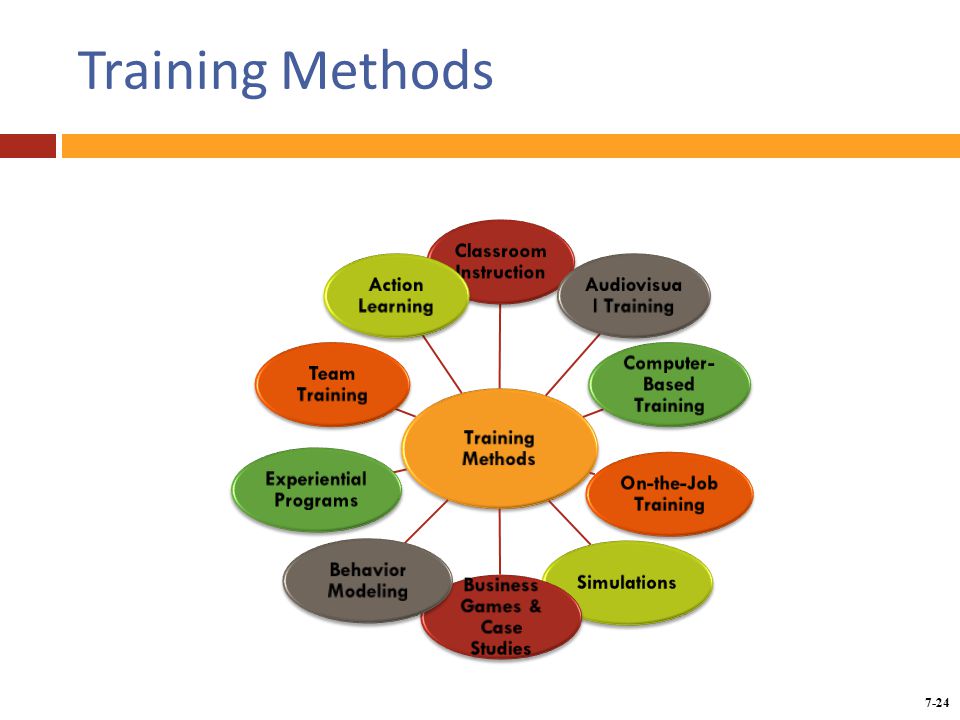 As a result, certain motor-linguistic chains are formed in his behavior model, with the help of which he tries to realize the landmarks. As a result, everything that he knows how to do is copied by him throughout his life from other people who, like him, act on the basis of past experience. nine0005
As a result, certain motor-linguistic chains are formed in his behavior model, with the help of which he tries to realize the landmarks. As a result, everything that he knows how to do is copied by him throughout his life from other people who, like him, act on the basis of past experience. nine0005
Thus, in most cases a person uses a behavior model that cannot be effective, because it is based on an unconscious choice of a landmark, and motor-linguistic chains copied from authorities . And at the same time, a person uses one of the relay roles of the HSA. That is, in order to make a decision in an unfamiliar situation, he uses a reference incident of past experience - he is looking for a similar one in order to somehow orient himself and make the right choice. But there are no two identical situations in life, respectively, there is never a suitable incident that would lead a person to a result. That is why he constantly runs into obstacles, and is forced to endure defeats.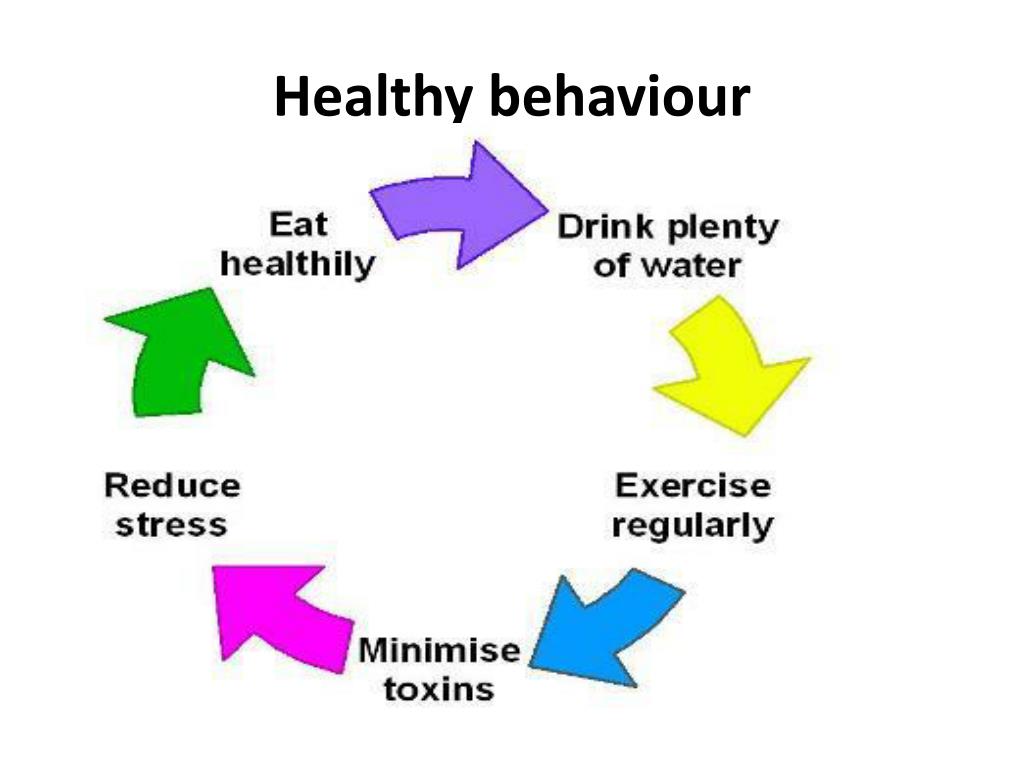 nine0005
nine0005
All this determines the fatality of the programmed fate of a person, the study of which led to a number of scientific discoveries. Based on them, the scientist Oleg Viktorovich Maltsev concluded that the fate of a person is fatal and predetermined if he does not want to change it . Its inevitability lies in the fact that a person cyclically performs actions based on his past experience, which give rise to new and new failures in his life, that is, he repeats the same mistakes in life. nine0005
In order to change this, it is necessary to learn how to choose landmarks, use the correct motor-linguistic chains, and out-of-race roles to form an effective behavior model, which "Role Modeling" allows you to do in a controlled manner.
Please note that:
the behavior model is the key to a person's performance, which allows him to start a conscious movement towards success.
During the construction of the "Technology of Triumph" by the scientist O. V. Maltsev compared the types of behavior models, and concluded that triumph is based on the correct behavior model, without which its realization is impossible . Accordingly, if you want to change something in your life, you need to start by correcting your MP for an effective one, which means stop using SAPT for other purposes, otherwise you will always be in an automatic role that excludes the achievement of any controlled results.
V. Maltsev compared the types of behavior models, and concluded that triumph is based on the correct behavior model, without which its realization is impossible . Accordingly, if you want to change something in your life, you need to start by correcting your MP for an effective one, which means stop using SAPT for other purposes, otherwise you will always be in an automatic role that excludes the achievement of any controlled results.
0034
The author of the article: Natalia Antonova Publication date: 11/16/2017 Views:8959 Reviews:0
§ 2. Behavior patterns - All about human communication
Man is nothing but a series of his actions.
G. Hegel
As we have already said, behavior is a mirror in which everyone shows himself.
And not only shows.
There is a kind of talent for peering into this mirror, sensitively picking up on it the attitude of those around you. nine0005
This is one of the secrets of imaging.

Everyone masters those behaviors that bring success. The more objective the idea of your behavior, based on the reaction of people, the more effective the strategy and tactics of this behavior will be.
In everyday life, we perceive the behavior of another person as a holistic image. Expressing our position, we do it simultaneously by various means. So, wanting to show sympathy for a person, we, as a rule, not only tell him about our feelings, but also convey them in soft intonations of voice, in a friendly look. This complex of signs forms pattern or, as psychologists say, pattern behavior. The model is perceived as a whole.
For example, authoritarian behavior includes peremptory judgments, categorical tone, characteristic gestures. Seeing a person behaving in this way, we draw the appropriate conclusions for ourselves.
The integrity of the model is broken when its constituent elements contradict each other; for example, sad news, which is spoken of with an ironic intonation. nine0005
nine0005
In life, each behavior model is embodied in different ways by different people. Most of the behavior patterns in everyday life are not the object of special study, but among the many models there are those that are comprehended by people and become the subject of special study. These are label models (prescription) and strategic models.
Etiquette models are peculiar to every profession. For example, the ethical attitudes towards an enemy and a diplomat differ from each other. If we thoroughly know the ethical precepts, then the question arises: how to achieve this pattern, by what means? The answer to this question is strategic model.
Strategic models are actually recommendations on how to behave in order to achieve a particular goal. We invent a certain behavioral strategy, think about what words to say to the interlocutor in order to convince him that we are right, how to show him a willingness to cooperate, how to win his sympathy, etc.
The need to invent behavioral strategies is due to problems that arise in the process of communication. nine0114
The effectiveness of the communication process depends on many factors that are human in nature. These include the psychophysical characteristics of a person, his mental characteristics, character traits and attitudes. Some factors are obvious and we take them into account automatically, others require special consideration. It is much more difficult to identify and take into account the influence of a person's internal positions on his behavior with a particular partner.
Consider one of the most important points that underlies many strategies: relationship of a communication partner to himself. This is necessary because there are many difficulties in the level of self-esteem, in the ratio of self-esteem and the evaluation of others. For example, if a person, by the gestures of others, notices that their feelings do not correspond to his ideas, he gets upset.
Patterns of behavior appear to protect one's own "I", the so-called defense mechanisms. As a defense mechanism, insensitivity to critical remarks, the transfer of one's negative feelings to other people, rationalization of one's own unreasonable actions may appear. These reactions interfere with mutual understanding and interaction. In order not to cause the partner to feel threatened and not to provoke him to psychological defense, we need to help the person realize how we perceive his actions. This is where feedback plays a huge role. nine0005
Feedback is information we provide to others that contains our response to their behavior.
Here are some theses from a book by a Polish psychologist, which reveals the conditions for an effective feedback mechanism * .
1. In your remarks, try to touch upon the peculiarities of the partner's behavior first, and not his personality; try to talk about specific actions of the partner.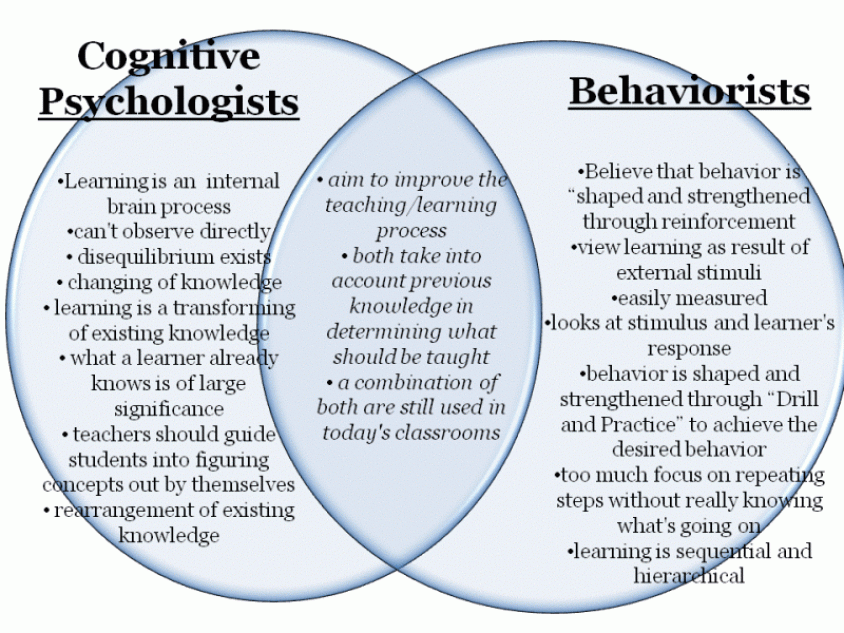
2. Talk about your observations rather than the conclusions you have reached. It is possible that with your help the partner will come to deeper and more correct conclusions. But if you still want to express your thoughts and conclusions, then do not create the illusion that your conclusions objectively reflect reality. nine0034
3. Try to express yourself in a descriptive way rather than in the form of assessments…
4. When describing the behavior of another person, try not to use the categories “you always…”, “you never…”.
5. Try to focus your attention on the specific actions of your partner in situations that took place very recently, and not on stories of the distant past.
6. Try to give as little advice as possible, better express your thoughts, as if sharing thoughts and information with a partner. nine0034
7. When giving feedback to a person, try to emphasize what can be valuable to him, and not what can bring satisfaction to you personally.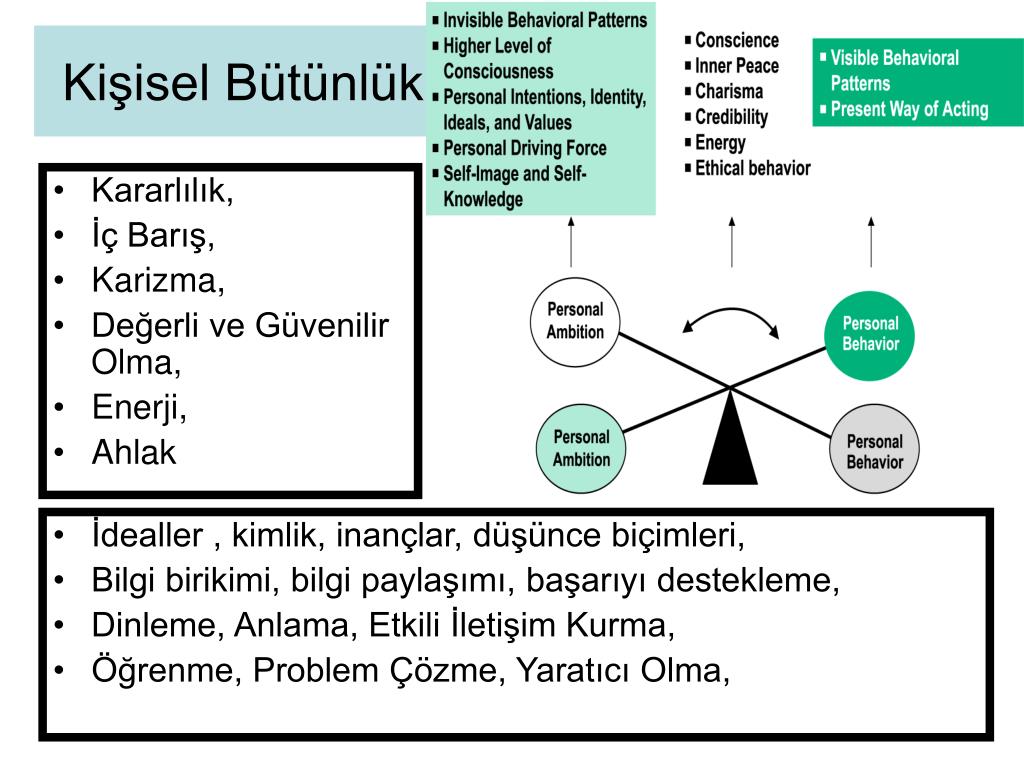 At the same time, one should try not to abuse the expression of feelings, not resort to emotional discharge, try not to manipulate others. Feedback, like any form of help, should be offered rather than forced.
At the same time, one should try not to abuse the expression of feelings, not resort to emotional discharge, try not to manipulate others. Feedback, like any form of help, should be offered rather than forced.
8. Try to give your partner such information and in such quantity that he will be able to use it. nine0034
9. Be careful that the moment of providing feedback is right... It is important to choose the right time, place and situation for this. Often, in response to feedback, the partner reacts with deep emotional experiences. Therefore, you need to be very scrupulous and soberly assess the capabilities of the interlocutor.
10. Remember that you can give and receive feedback only if you have some courage, understanding and respect for yourself and others. nine0034
Your opinion about your partner should be expressed in such a way as not to cause feelings of resentment, indignation and protest in him and in the one with whom he shares his observations and assessments.
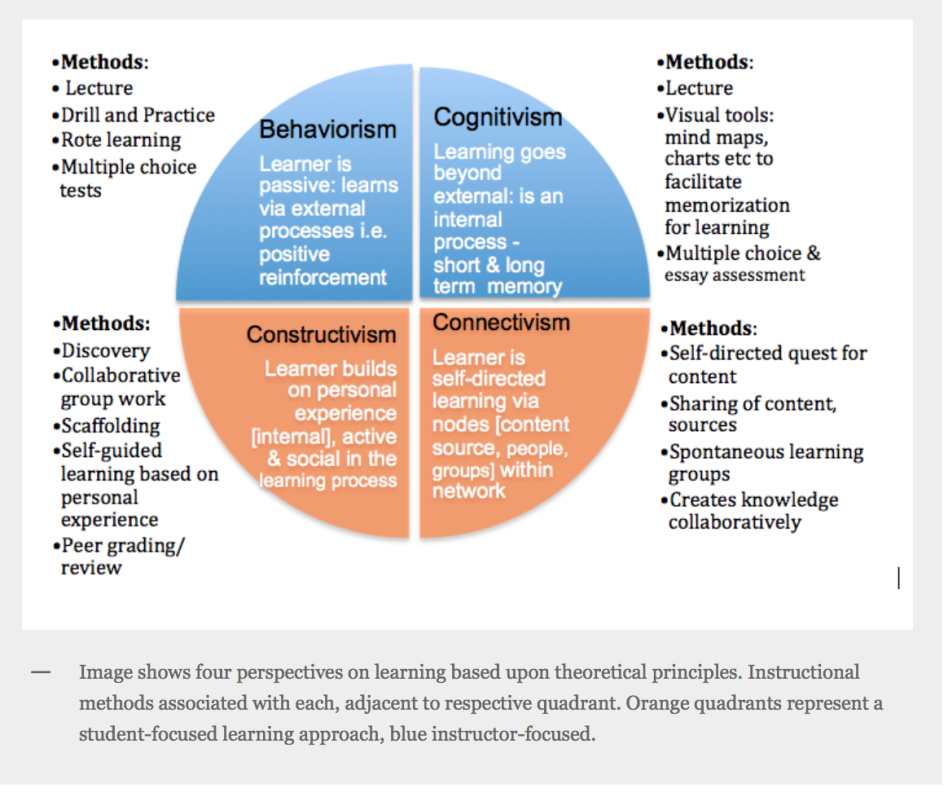
This is especially important if we are dealing with a person who is internally immature, extremely unsure of himself, and who takes any criticism hard. It should be borne in mind that not only those who suffer from "complexes" require careful, tactful handling. Everyone, even a completely self-confident person, needs confirmation of his own importance in the eyes of others. Nothing is so painfully experienced as disrespect for the individual and an insult to self-esteem. nine0005
On the contrary, feedback, in which the positive qualities of a person are fixed, has an enormous positive potential.
Here is what he wrote in the 18th century. French moralist F. La Rochefoucauld: "Beauty, intelligence, valor under the influence of praise
flourish, improve and achieve such brilliance that they would never have achieved if they had gone unnoticed." *
Only by realizing the positive inclinations inherent in him, believing in the possibility of their development, a person can respect himself and strive for further self-improvement. nine0005
nine0005
Expression of feelings of sympathy, recognition of the merits and merits of a person, as a rule, evoke in him reciprocal sympathy, the mood to continue communication, to meet the wishes of the interlocutor. If we really respect and appreciate the other person, the expression of such feelings is not only morally justified, but also desirable for both partners.
When psychological support is carried out only in order to obtain a one-sided benefit (it becomes a means of manipulating the consciousness and behavior of another person), the moral assessment will certainly be negative. nine0005
D. Carnegie's advice formulated by him in the book "How to Win Friends and Influence People" (M., 1989) received great popularity in our country, as well as in the USA, in the author's homeland. Most of D. Carnegie's recommendations are based on a person's need for self-respect, respect from the interlocutor, attention to his needs.
Some of the advice is: "Be genuinely interested in other people"; "Remember that the name of a person is the most pleasant word for him"; "Make the interlocutor feel his importance, significance, and do it sincerely"; "Show that you respect the point of view of the interlocutor.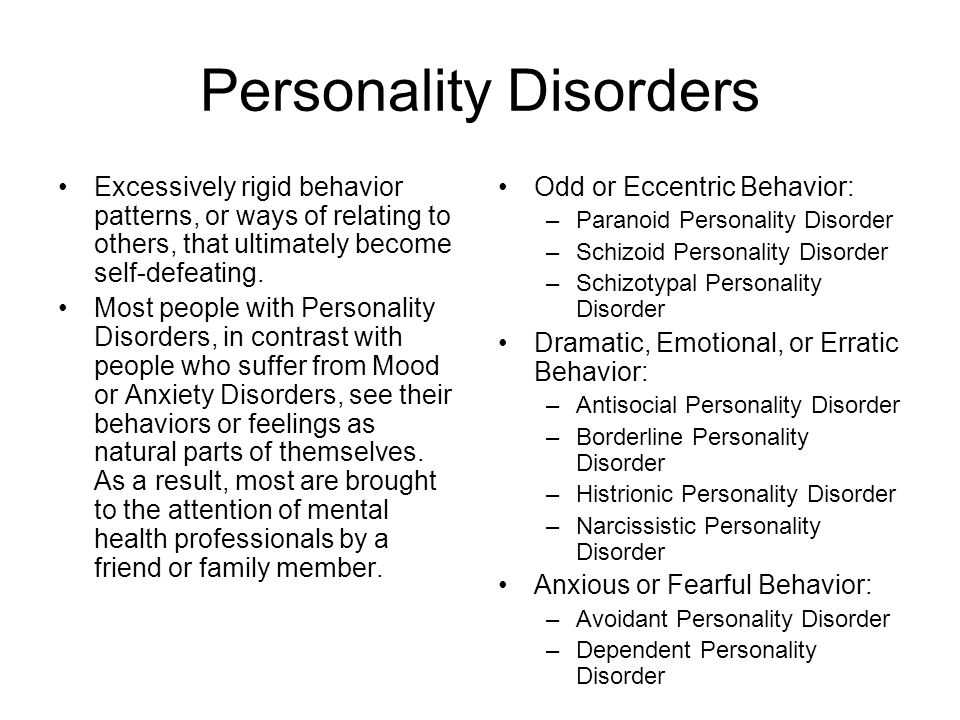 Never tell him that he is wrong"; "Let your interlocutor feel that the idea belongs to him"; "Paying attention to the mistakes of a person, do not do it" on the forehead "; "Before criticizing another, talk about your own mistakes"; Let's give a person the opportunity to save his own face"; "Praise a person for each of his, albeit insignificant, achievements. At the same time, be sincere and generous with praise," etc. nine0034
Never tell him that he is wrong"; "Let your interlocutor feel that the idea belongs to him"; "Paying attention to the mistakes of a person, do not do it" on the forehead "; "Before criticizing another, talk about your own mistakes"; Let's give a person the opportunity to save his own face"; "Praise a person for each of his, albeit insignificant, achievements. At the same time, be sincere and generous with praise," etc. nine0034
The end result for which D. Carnegie proposes to use his recommendations is to extract the maximum benefit from communication. As the strongest arguments in favor of his advice, D. Carnegie says that with their help you can make a monetary profit, conclude profitable contracts, and make a successful career.
Some of our compatriots did not understand the basic idea of D. Carnegie. believing that his advice is inapplicable, as it encourages hypocrisy and hypocrisy. nine0005
This is of course not true. By itself, this model does not carry a manipulative coloration. It can also be used for partner interaction, when both parties get a positive effect from communication. Most of the advice is based on common sense. In addition, a vivid form of presentation, many life examples make D. Carnegie's book attractive and useful in many respects.
It can also be used for partner interaction, when both parties get a positive effect from communication. Most of the advice is based on common sense. In addition, a vivid form of presentation, many life examples make D. Carnegie's book attractive and useful in many respects.
Another important psychological idea that underlies the strategic model is the idea of the need to self-feeding, self-presentation. The communication partner acts in accordance with his plans, based on his definition of the situation. In order for communication to proceed according to the desired plan, each of its participants in communication must "submit itself" in accordance with its plan.
We present ourselves
consciously or unconsciously, directly or indirectly.For example, we can do this directly, naming our status, country or city where we came from, marital status when meeting a person. nine0034
Self-presentation can also be carried out indirectly, with the help of hints and statements (“when was the last time I was in Paris…”), a suit, emphatically elegant or casual, certain manners and attributes.
Self-presentation in professional communication is extremely important * .
We should not forget that when choosing a model of behavior, we do not depend so much on ourselves, but on many external circumstances. This does not relieve us of personal responsibility for our behavior. nine0005
What are the criteria for choosing a behavior model?
1. Moral impeccability. For all our inclination towards a subjective interpretation of morality in society, there are generally accepted approaches to explaining such concepts as honesty, justice and conscience.
2. Compliance with the law and established social order. One of the postulates of ancient Roman law read: "Man is a sacred thing." Any attack on him was unacceptable. Since it came from the people themselves, they were ordered to build their relationships in strict accordance with the spirit and letter of the law. nine0005
3. Taking into account the specific situation in which the person acts or found himself by coincidence
4.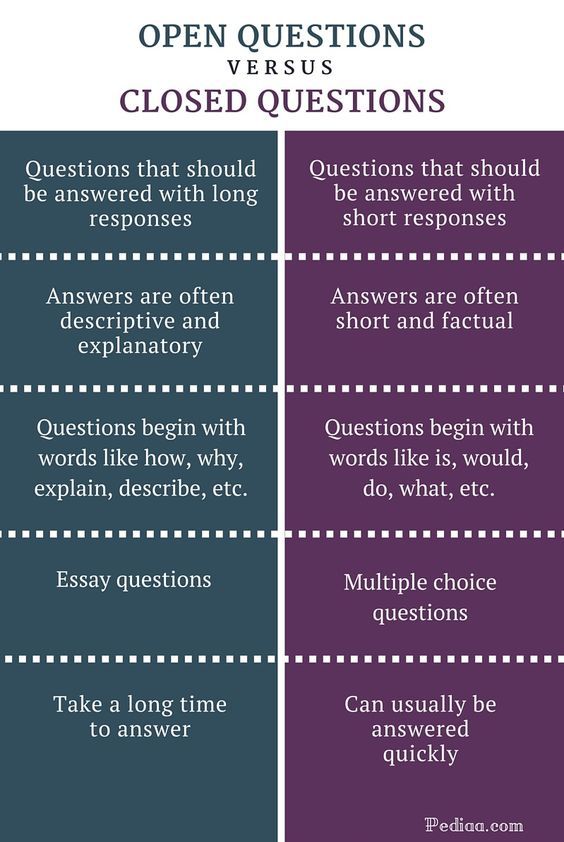 The goal that the person sets for himself.
The goal that the person sets for himself.
5. Self-critical assessment of one's own possibilities of using a particular behavior model.
Any copying of someone else's style is very dangerous. So, a person with external flaws cannot imitate beautiful movie characters, famous people - it will look unnatural and ridiculous. nine0005
6. Gender relatedness of a person. It is recommended to display the qualities expected of either women or men. So, men appreciate in a woman not only external attractiveness, but also a certain touch of eroticism. Women, knowing such programming of the male psyche, cannot ignore this. In turn, men should not forget that women consider the most attractive qualities in them not only intellectual originality and spiritual nobility, but also purely masculine strength and charm. nine0005
Women and men have great opportunities for non-standard choice of behavior patterns, bringing their natural charm into communication, but they often forget about it.
Women are usually in a more difficult position. After all, many men are reluctant to accept their leadership, are by no means impartial about their professional data. As a rule, in order for a woman to achieve at least half of what men achieve, she needs to know and be able to do twice as much. At the same time, men should be warned against inflated self-esteem. nine0005
According to management experts, there is a critical shortage of male leaders in the US today. Other countries are also experiencing this shortage. In our time, women are also successfully claiming the role of leaders.
Skillful use of the criteria for choosing behavior models along with skillful entry into one's life roles is one of the most important provisions of imageology.
For example, in our life there are always certain stable parameters of behavior.
So, some, getting up in the morning,
start the day with exercise. We do the same things over and over throughout the day.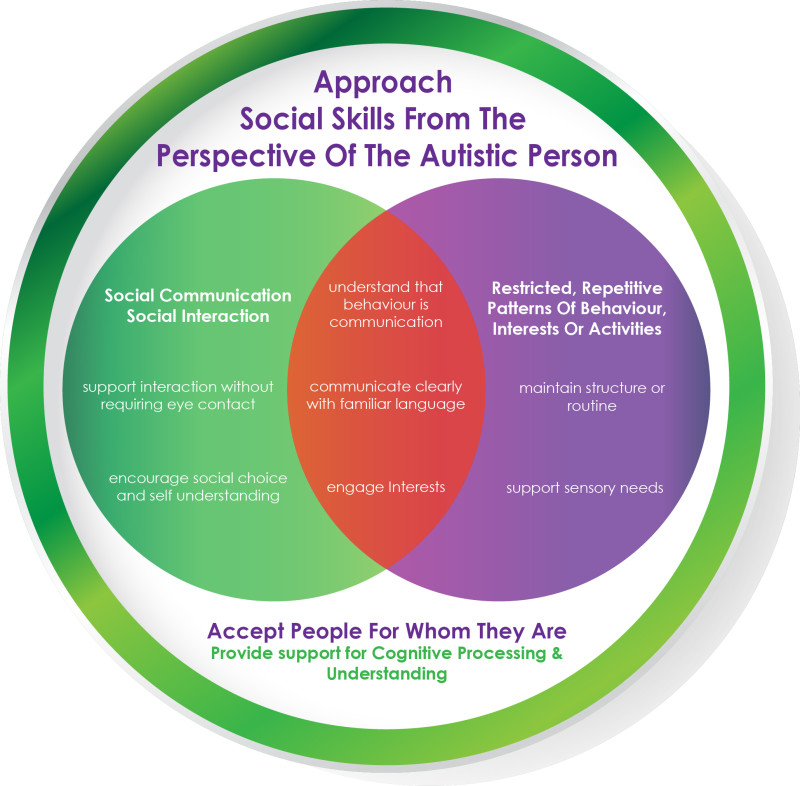 Thus, there is a specific set of behaviors for everyday purposes. This does not exclude the "wedging" into them of some other models of behavior, due to a specific situation.
Thus, there is a specific set of behaviors for everyday purposes. This does not exclude the "wedging" into them of some other models of behavior, due to a specific situation.
The choice of a behavior model (from the French modele - sample) does not imply any insensitive standardization of human actions, i.e. the absence in them of a living temperament, originality of thinking, originality, habits. The choice of a behavior model is the reproduction of such options that, in everyday communication, help a person become sociable, and therefore attractive. nine0005
With a typology of behavior patterns, it is possible to distinguish behavior patterns in official communication and informal (family, friendly, household). Behavior patterns can be active (aggressive) and passive (defensive).
The business sphere is the most diverse sphere of communication. Its characteristic feature is that in it all subjects of communication act in official statuses, which inevitably determine the choice of their behavior patterns. As a result, its participants are focused on achieving some business effect. nine0005
As a result, its participants are focused on achieving some business effect. nine0005
In foreign practice, there are no doubts about the obligatory creation of the image of a company or a business person.
Such an attitude towards him is "built into" the mentality of people, regardless of their place on the career ladder. Image acts as an integral part of the culture of business communication.
If we choose a certain model of behavior, a certain pattern, it is important to remember the constituent elements of this model.
Ignoring some details or excessive emphasis on others will not give a holistic vision, and, accordingly, an adequate perception. The image of a person is formed in the process of perception by other people of him appearance (appearance), manner of communication.
These components, in turn, include many details, shades and nuances, the unique combination of which determines the overall impression of a person and, in particular, his image.